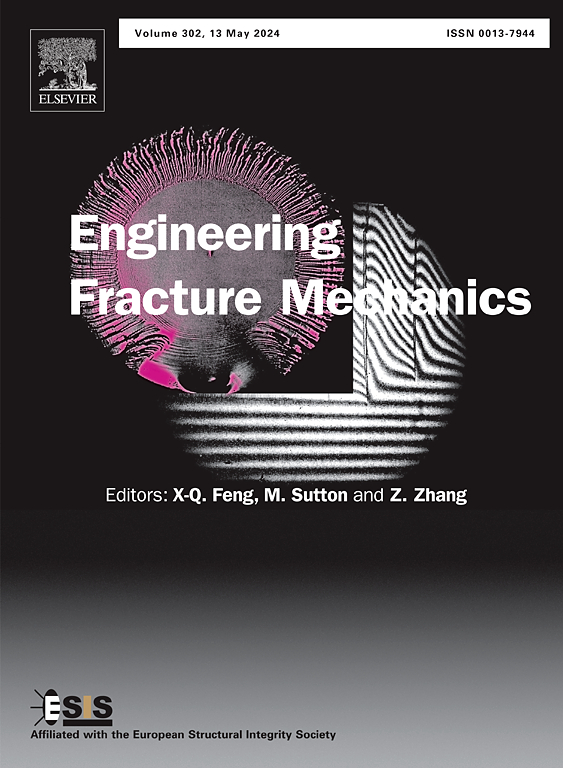Mesoscale modelling of RC beams without stirrups in shear failure using discrete element method
IF 4.7
2区 工程技术
Q1 MECHANICS
引用次数: 0
Abstract
To investigate the mesoscale failure behaviour of reinforced concrete (RC) beams without stirrups, a novel approach using discrete element method (DEM) is proposed for efficiently generation of mesoscale fracture numerical models of RC beams. In this method, the coarse aggregate, whose realistic shape determined by calling the ‘Aggregate Geometry Library’, is constructed using the crushable clustered particles method. Then, a soft bond model is introduced to represent the constitutive model of concrete. In addition, a new mesoscale contact model of hard bond model developed from soft bond model is used to capture the mechanical behaviour of steel bars. Based on the validated DEM model, a series of numerical simulations are conducted to investigate the shear failure behaviour of RC beams as well as the effects of shear-span ratio and elastic modulus of steel bars on the ultimate shear capacity. The results show that the microcracks in RC beams are commonly propagation along the interfacial transition zone (ITZ), whereas aggregate crushing is rarely observed. The number of microcracks in the ITZ component is accounting for 60% and increases slightly with increasing shear-span ratio, which largely contribute to the failure of the RC beams. According to the numerical simulation results, a Zsutty modified formula is proposed for shear capacity evaluation and the performance is validated by 150 tests in the experimental database. For the beams of shear-span ratios low than 2.5, the mean values and coefficient of variation are 1.13 and 26.7%, respectively.
求助全文
约1分钟内获得全文
求助全文
来源期刊
CiteScore
8.70
自引率
13.00%
发文量
606
审稿时长
74 days
期刊介绍:
EFM covers a broad range of topics in fracture mechanics to be of interest and use to both researchers and practitioners. Contributions are welcome which address the fracture behavior of conventional engineering material systems as well as newly emerging material systems. Contributions on developments in the areas of mechanics and materials science strongly related to fracture mechanics are also welcome. Papers on fatigue are welcome if they treat the fatigue process using the methods of fracture mechanics.

 求助内容:
求助内容: 应助结果提醒方式:
应助结果提醒方式:


